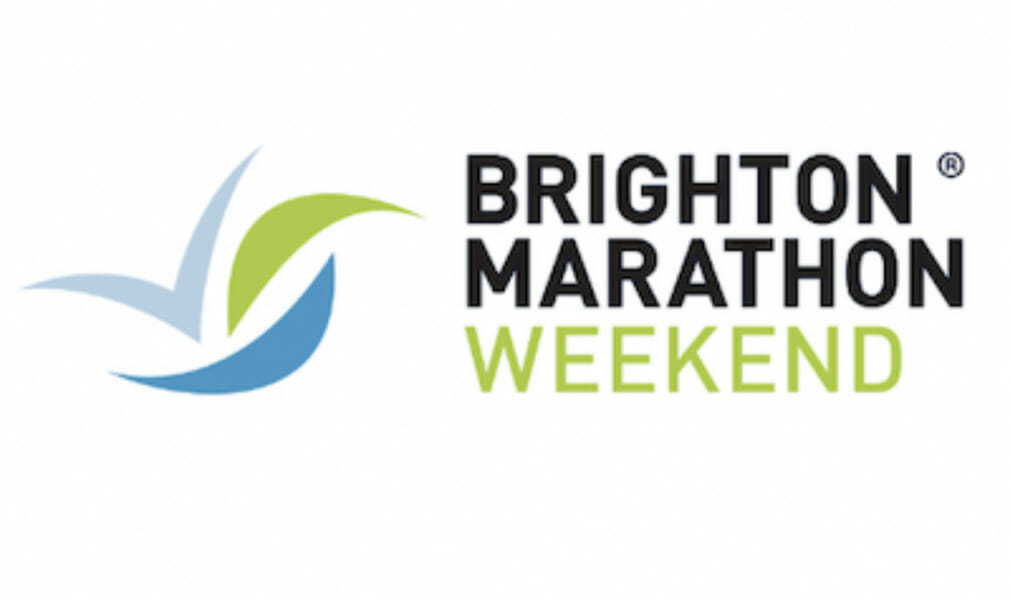By Mark Blackburne
As we approach the start of the marathon season, many runners will be stepping up their training schedules and turning their minds to the all-important issue of pace and endurance. Online forums will be buzzing, and Google searches on the topic increasing exponentially as we seek out and research every trick of the trade that will help us stay the course and finish in the best possible time.
There are a number of key factors that can positively impact your training and performance. These include things such as footwear, nutrition, hydration, and injury prevention/management.
Correct footwear is essential. Quality, well-fitting shoes will reduce the possibility of injury and help boost performance. Shoes should be well broken in (at least two weeks of wear prior to race day) and should provide good arch support and cushioning. Nutrition-wise, a diet high in Protein and carbohydrates will support muscle growth/repair and ensure consistent energy levels throughout the race. Good hydration before and during the race is also essential. Isotonic drinks such as Lucozade Sport and Powerade will ensure optimum blood sugar levels are maintained and the body has sufficient fluids to prevent lactic acid buildup and, consequently, cramps.
Equally important is injury prevention and management, and this is where the massage therapist can play a key role. When it comes to massage for runners, there are 3 distinct treatments – pre-event, post-event, and conditioning.
Pre-event massage is a short-duration treatment (around 20 minutes) undertaken immediately before any race. It is a light-pressure but vigorous style of massage designed to loosen up leg muscles and stimulate circulation. Swift movements of the therapist’s hands using techniques such as ‘hacking’ and ‘cupping’ agitate and warm up the muscles and increase blood flow. The combined effect is to physically and mentally prepare the runner for the start of the race and assist endurance by limiting the possibility of any early muscle strain prior to settling into a pace.
Post-event massage is a much deeper treatment undertaken anytime from immediately after the race until up to a few days later. Its purpose is to help detoxify tissues, restore muscle tone, ease any aches and pains, and generally aid recovery. The therapist uses a combination of long, sweeping, and circular strokes called ‘effleurage’ to increase blood flow and help flush out lactic acid from the tissues, followed by ‘Petrissage’ where the muscles are lifted and kneaded to complete the detoxification process and restore muscle tone. At this stage, any areas of localised tension (or knots) can also be worked on.
Finally, and probably most beneficial long term, is conditioning massage. This is a regular treatment (at least once a week) undertaken from the outset of training to improve/maintain muscle tone and flexibility and, in doing so, help prevent injury and improve performance. As a regular treatment, this will also enable the therapist to address any injury or dysfunction before it can escalate into a performance-impacting issue. This proactive approach is standard practice for elite athletes and has a proven track record in helping prevent injury, optimise performance, increase endurance, and aid recovery.
So as the running season approaches why not consider adding sports massage to your training regimen? At Natural Balance, we have a wide range of appointment times to suit every schedule and experienced therapists ready to help you optimise your performance and achieve your running goals.
By Mark Blackburne
Mark offers a range of remedial and relaxing treatments, including Sports Massage, Deep Tissue Massage, Swedish and Foot Massage. He’s available at Natural Balance Therapies on Tuesdays, Wednesdays and Sundays. To check his availability, click here.

